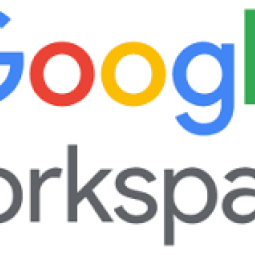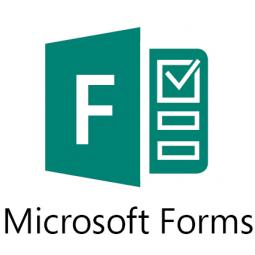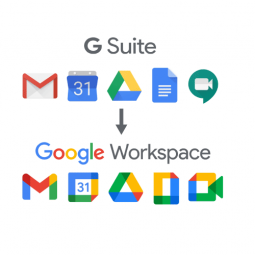In today's digital world, a reliable internet connection is a lifeline for non-profit organisations, with a multitude of internet service providers (ISPs) and connection types available, choosing the right fit can feel overwhelming.
This guide simplifies the process by explaining the role of ISPs, different connection options and key factors to consider when selecting the best internet solution for your NFP’s needs.
Types of connection
The type of internet connection you choose or have access to significantly impacts your organisation’s online experience. Here’s a breakdown of the main types of connection available in Australia:
Fixed line connection
A physical connection to the internet, most commonly through the National Broadband Network (NBN). Fixed line connections provide an excellent combination of speed, reliability, and value. However, NBN availability can be limited in rural areas, so it’s essential to research whether it’s available at your location.
Fixed wireless or satellite
Where a physical connection isn’t suitable, fixed wireless or satellite options can be considered. A fixed wireless service involves an antenna or dish installed on your building, connecting to your ISP's high-speed signal.
Starlink, a new satellite option, is increasingly popular in remote and rural locations. It operates with satellites in a lower Earth orbit, significantly reducing latency and providing faster speeds compared to traditional satellite services. This has become an excellent solution for NFPs in areas where the NBN or fixed-line connections are unreliable or unavailable.
Mobile broadband
Mobile broadband operates over the same network as mobile phones. While it offers fast speeds, it can become quite expensive when used frequently. We recommend mobile broadband for light external work or as a backup option for when your primary connection is unavailable.
Benefits of high-speed broadband
-
File Transfers and Data Sharing: Efficient file sharing allows for more seamless communications between organisations and clients.
-
Video Conferencing and Remote Working: Enables your staff to work from home effectively and engage in real-time video meetings, webinars, and training sessions.
-
Improved Networked Connections Across Sites: Faster internet speeds make remote access between multiple office locations more efficient.
-
Internet Telephony (VoIP): Can lead to significant savings on communication costs.
-
Online Training and Resources: High-speed internet improves staff access to online educational tools such as webinars and training programs (for example, Microsoft’s Digital Literacy program).
How to choose an internet provider
Internet Service Provider’s own and maintain the infrastructure that carries internet data, like fiber optic cables, satellite networks, or wireless towers. They offer different service plans with varying features like data speed (bandwidth), data caps, pricing, and customer support.
Our advice for selecting an internet provider is:
1. Leverage IT Expertise: If you have a trusted IT support partner, consult them first. They can analyse your specific needs (number of users, bandwidth requirements, etc.) and recommend the most suitable connection type and ISP based on your location and budget.
2. Future-Proofing Your Plan: Opt for a plan that allows easy upgrades to accommodate growth in your organisation's internet needs. As your NFP evolves, your internet requirements may increase.
3. Contract Flexibility: Consider the trade-off between the lower rates of long-term contracts and the flexibility of month-to-month plans. Internet pricing tends to decrease over time, so shorter contracts can allow you to take advantage of better deals in the future.
4. Researching Beyond Comparison Sites: Comparison sites like Canstar Blue and WhistleOut, are helpful but tend to focus on residential needs. It’s essential to supplement this with input from IT professionals who understand the specific requirements of NFPs. They can provide tailored advice on the best ISPs and plans for your needs.
Factors to Consider When Assessing Your Internet Needs
- How many users will be online at once?
The more users there are simultaneously online, the more bandwidth (data capacity) you'll need. - How much data will your organisation use?
Unlimited data plans are becoming the standard in Australia, meaning no surprise bills or reduced speeds after hitting a data cap. - How long can I commit to a plan?
While month-to-month use to be more expensive, this isn’t always the case anymore. Consider your flexibility and needs when selecting a contract length. - Does the network connection meet your geographic needs?
If your organisation is in a rural or remote area of Australia, NBN availability may be limited. Many organisations in these regions have found Starlink to be an excellent alternative, providing faster, more reliable internet where the NBN struggles.
Choosing the right internet connection is a critical decision for your NFP. Consider your organisation’s current and future needs, weigh the available options, and consult IT professionals for advice. With the right setup, your NFP can operate more efficiently, communicate better, and leverage new digital tools for growth.





Status message
Thanks for rating this guide.